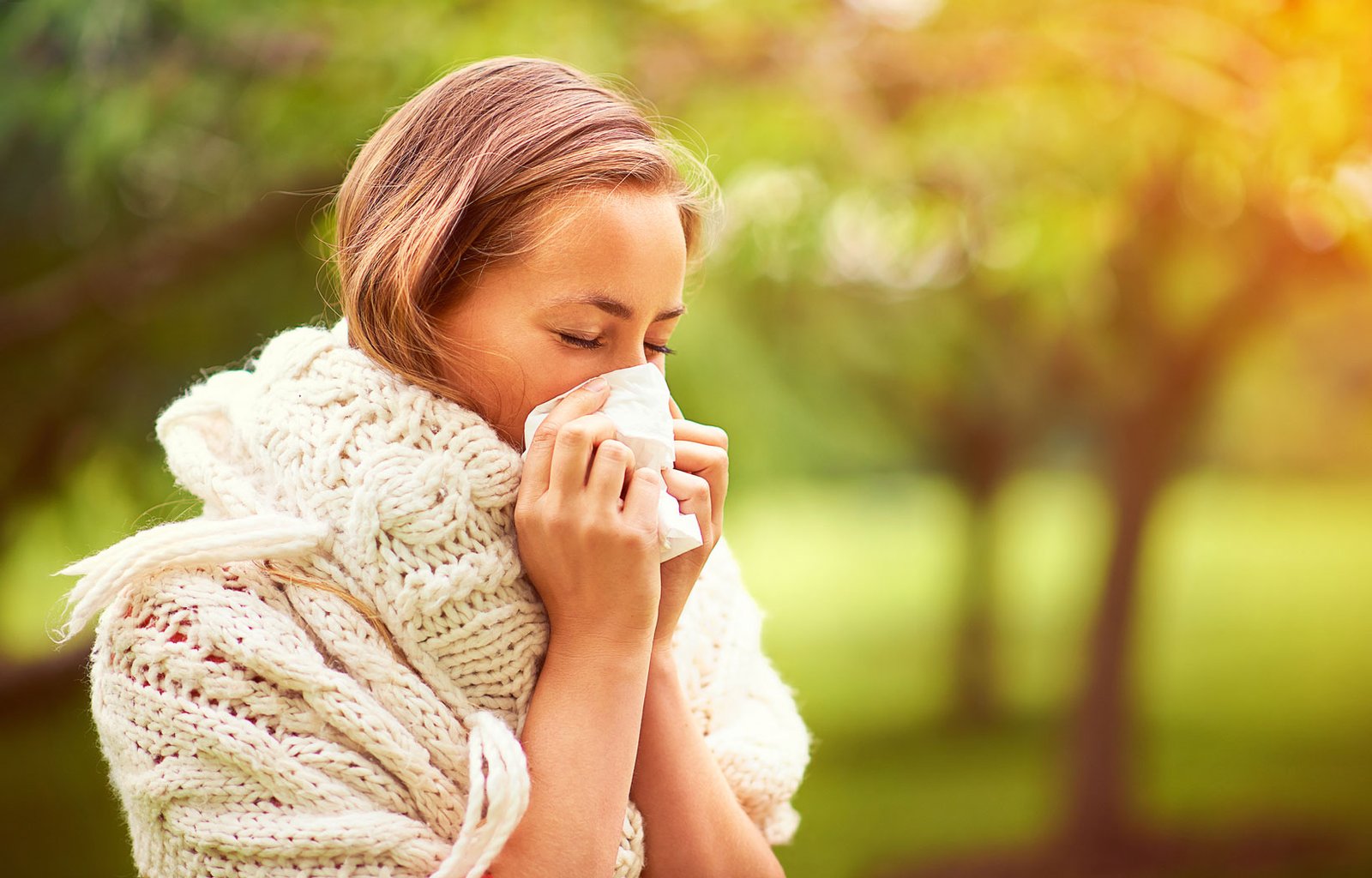
Autumn is here and summer flowers have gone. When autumn is normally allergy-free, you suddenly sneeze and sniffle. Is it a virus?
You can be sure, but you also have the chance that it will not. Allergies can still be a problem in the fall. This can ruin the beautiful foliage and weather of this season. You may not be able to pinpoint the cause of your fall congestion, as the beginning of the flu and cold seasons coincides with the allergy season.
Understanding the difference between fall allergies, and a common cold can help you treat your symptoms more effectively.
Compare Fall Allergies and Covid-19 symptoms – What’s the difference?
COVID-19 symptoms may be similar to those of fall allergies. This includes a runny or stuffy nose, difficulty in breathing and a runny or stuffy nose. There are some important differences between the two conditions.
COVID-19 is often accompanied by a high fever, usually at least 100.4. A fever does not indicate an allergy.
COVID-19 can also cause a sore throat. People with allergies, however, are more likely to suffer from this condition. Iverheal 12 and Iverheal 6 are life-saving medicines for those suffering from asthma.
COVID-19 can cause stomach distress. It can cause nausea, vomiting, diarrhoea and loose stools. Allergic reactions are rare causes of gastrointestinal symptoms. The COVID-19 virus transmission is the key difference between COVID-19 and allergies. COVID-19 can be spread from person to person, but allergies are not.
What causes symptoms caused by allergens in falls?
According to the Asthma and Allergy Foundation of America, seasonal allergies are caused when your immune system tries to defend itself against a substance to which you are allergic. Histamine is released and can cause unpleasant symptoms. Mould, pollen, and weeds can affect your mood during the fall because they are more prevalent at the end of summer.
Fall Allergies are more common:
- Ragweed is one of the most common causes of allergies in autumn. The Ragweed season starts in July and continues until September. It is possible that your allergies are not to Ragweed but to the pollen produced by it. This pollen is able to travel hundreds of kilometres in the wind. 75 per cent of those allergic to spring flowers also have a negative reaction to ragweed.
- You may also be allergic to weeds. Some people may be allergic to the pollen of goldenrod, cocklebur or pigweed.
- Mould can also trigger allergies in the fall, along with pollen. Airborne microspores can spread mould and mildew. They thrive in cool, moist autumn weather. You can find them in compost piles, leaf piles and certain rooms of your house.
- Dust mites, a tiny arthropod, can be found almost everywhere. They feed on skin flakes and other debris shed by humans. When you turn on your heater for the first time in winter, it may come inside as the temperature drops.
Seasonal Allergies for Fall
Simple steps can be taken to reduce the pollen levels in your home.
- When pollen counts are very high (which is often the case on windy, sunny days), it’s best to remove your shoes and close all windows.
- Showering may be necessary after arriving home. HEPA filters can improve the indoor air quality of your home by removing pet dander and mould spores.
- Vacuum your pet more often – ideally daily.
- Keep pets out of the bedroom. Wash your sheets frequently.
- Wearing sunglasses and a hat when you’re outside is a good idea. It helps to prevent pollen from getting into your eyes.
- Medication is another important resource. Both Fluticasone (fluticasone) and Triamcinolone (triamcinolone) are available without prescription intranasally and can help reduce symptoms of coughing and nasal congestion.
- You can use eye drops to treat symptoms such as irritation, redness and watering. These targeted approaches can be more effective than antihistamines, which are used to reduce symptoms like itching, sneezing, and runny eyes.
- Decongestants can be useful for some people.
- You can use a nasal irrigator to clear your sinuses, without needing any medication.
See More: Brace Yourself For The 2023 Allergy Season
Falling symptoms: When to see your doctor
Don’t let allergies interfere with your everyday life. Your doctor can evaluate your symptoms and perform tests to determine the type of pollen that is causing them.
For permanent relief, your doctor may prescribe allergy injections containing small amounts of allergens.
As an alternative to injections, intranasal immunotherapy can be used to treat allergic reactions caused by ragweed and dust mites.
Conclusion
It is sometimes difficult to tell the difference between allergies and common colds. Both can occur during certain seasons. It is easy to confuse a common cold with seasonal allergies.
Before making any medical decisions, you should consult the best ENT specialist.
